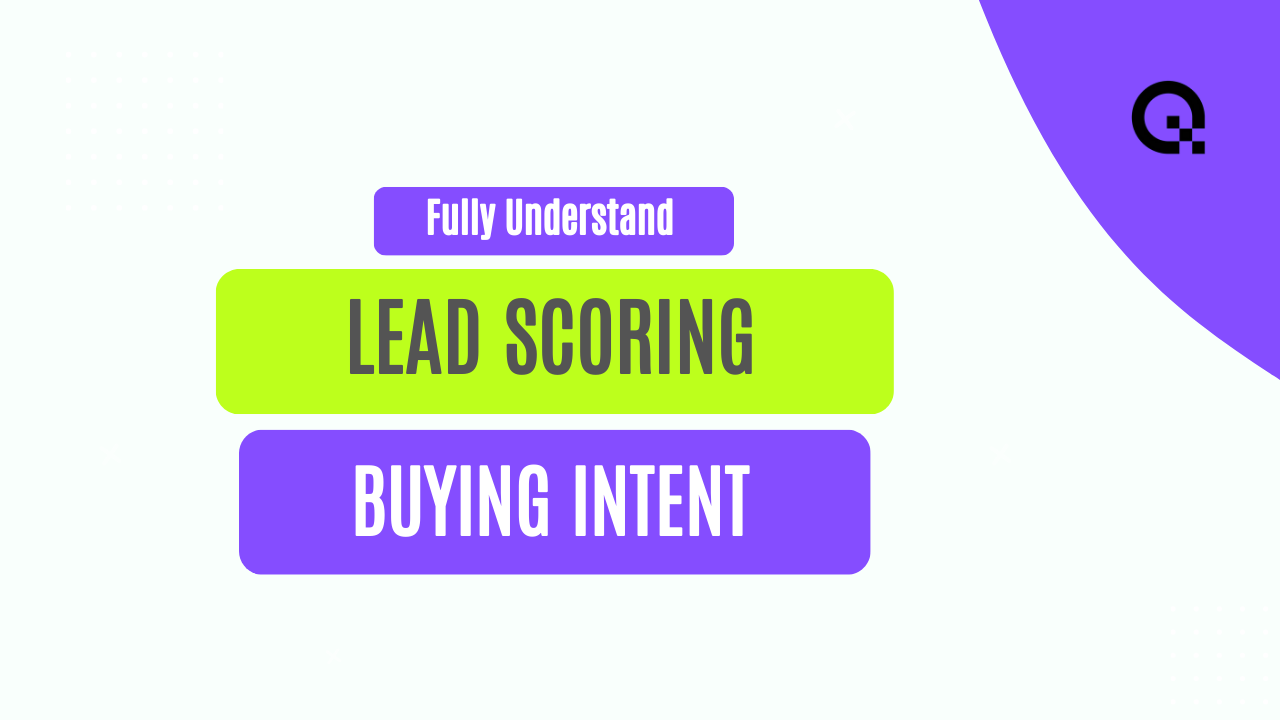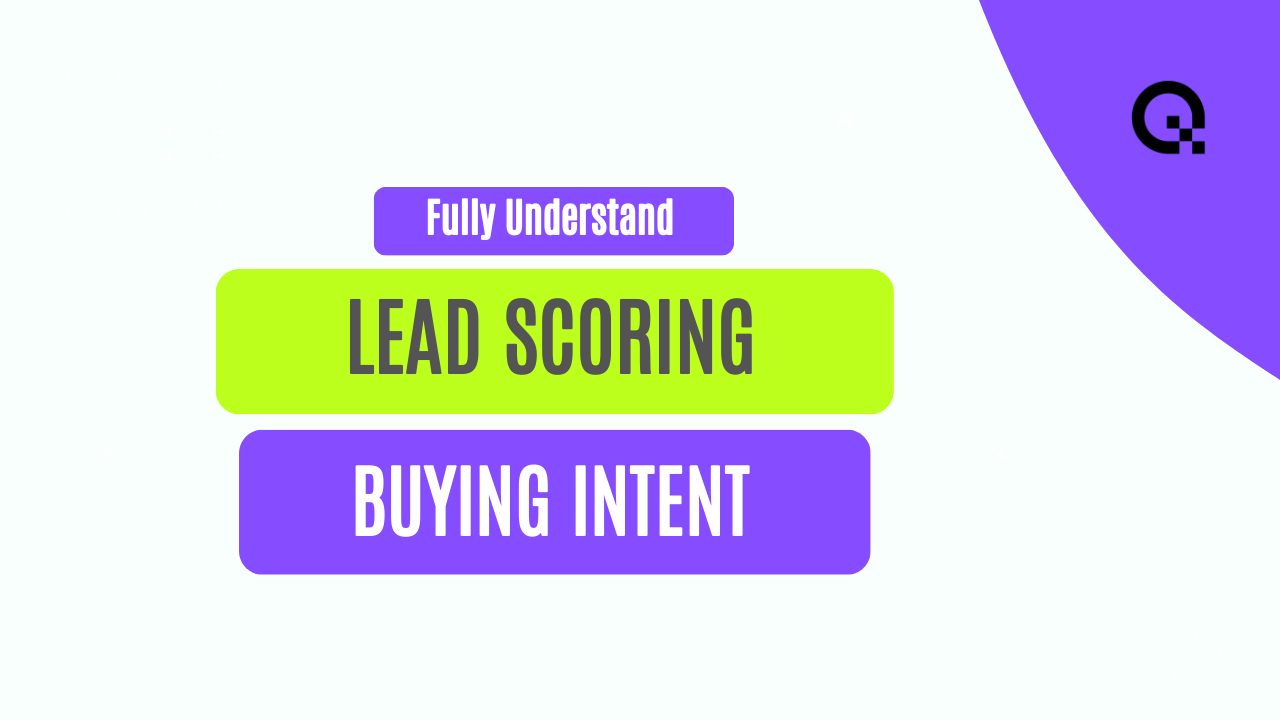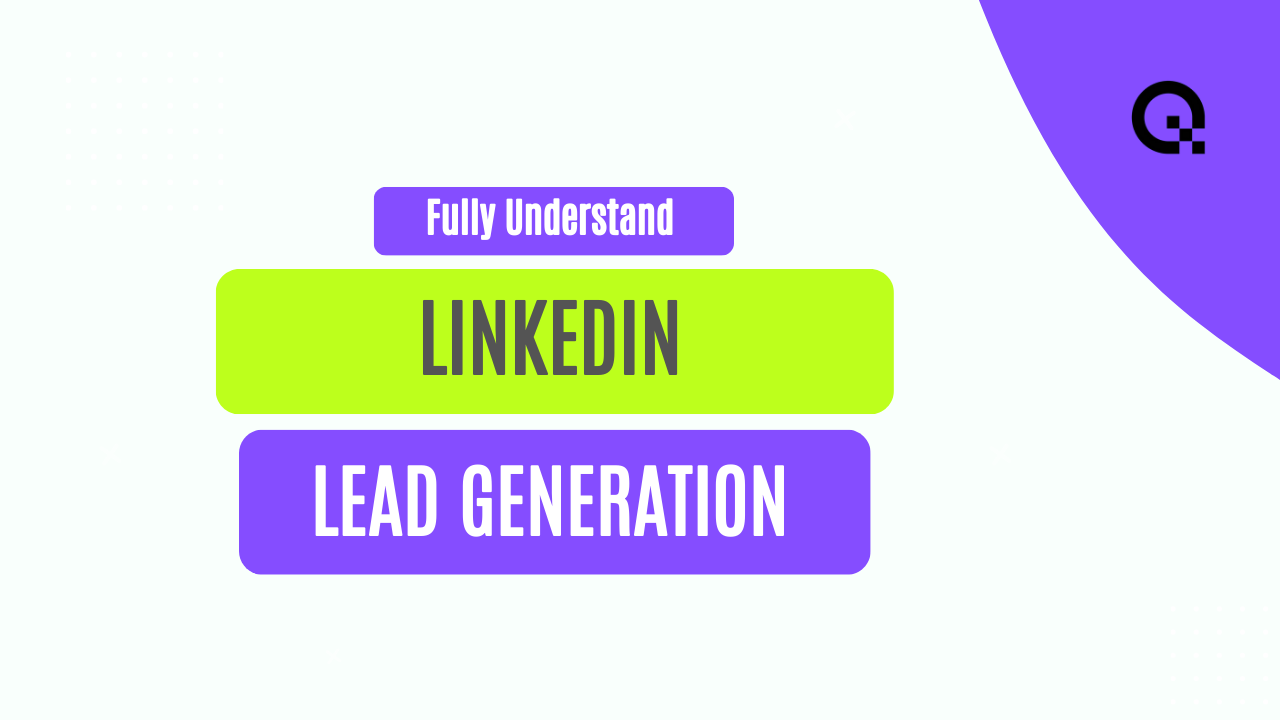The Ultimate Guide to Predictive Lead Scoring Based on Buying Intent
In the world of sales and marketing, understanding your customers' buying intent is crucial for success. Predictive lead scoring is a powerful tool that can help businesses identify and prioritize high-quality leads based on their likelihood to make a purchase.
What is Predictive Lead Scoring?
Predictive lead scoring is a data-driven process that uses machine learning algorithms to analyze customer data and predict which leads are most likely to convert into customers. By analyzing factors such as demographics, behavior, and past interactions, predictive lead scoring can help sales and marketing teams focus their efforts on leads with the highest buying intent.
Traditional lead scoring methods often rely on manual input and subjective criteria, which can lead to inaccuracies and missed opportunities. Predictive lead scoring, on the other hand, leverages the power of data and analytics to provide a more accurate and reliable assessment of a lead's potential value.
By incorporating predictive lead scoring into their lead management process, businesses can improve conversion rates, increase sales efficiency, and ultimately drive revenue growth.
How Does Predictive Lead Scoring Work?
The process of predictive lead scoring begins with data collection. Businesses gather information about their leads from various sources, such as website visits, social media interactions, email responses, and more. This data is then fed into a predictive analytics platform, which uses machine learning algorithms to analyze patterns and predict future outcomes.
These algorithms consider a wide range of factors when scoring leads, including demographic information, online behavior, purchase history, and engagement with marketing content. By analyzing these factors in combination, predictive lead scoring can generate a lead score that indicates the likelihood of a lead making a purchase.
Once leads have been scored, sales and marketing teams can use this information to prioritize their outreach efforts. Leads with high scores indicating strong buying intent can be fast-tracked through the sales funnel, while leads with lower scores may require further nurturing and engagement.
The Benefits of Predictive Lead Scoring
There are several key benefits to implementing predictive lead scoring in your sales and marketing strategy:
1. Improved Lead Quality: By focusing on leads with high predictive scores, businesses can ensure that their sales efforts are directed towards prospects with a genuine interest in their products or services.
2. Increased Sales Efficiency: Predictive lead scoring helps sales teams prioritize their activities, allowing them to focus on leads that are most likely to convert. This can lead to shorter sales cycles and higher conversion rates.
3. Enhanced Personalization: By understanding the specific needs and preferences of individual leads, businesses can tailor their marketing messages and sales pitches to resonate more effectively with their target audience.
Challenges of Predictive Lead Scoring
While predictive lead scoring offers many advantages, there are also some challenges to consider:
1. Data Quality: Predictive lead scoring relies on accurate and up-to-date data to generate reliable predictions. Poor data quality can lead to inaccurate scoring and missed opportunities.
2. Model Interpretation: Understanding how predictive lead scoring models arrive at their conclusions can be complex. Businesses may need to invest in training and education to fully leverage the insights provided by these models.
3. Integration with Existing Systems: Implementing predictive lead scoring may require integration with existing CRM and marketing automation systems, which can be a complex and time-consuming process.
Best Practices for Implementing Predictive Lead Scoring
To make the most of predictive lead scoring in your sales and marketing strategy, consider the following best practices:
1. Define Clear Criteria: Establish clear criteria for what constitutes a high-quality lead based on your business objectives and target market.
2. Continuously Refine Models: Regularly review and refine your predictive lead scoring models to ensure they remain accurate and effective over time.
3. Collaborate Across Teams: Encourage collaboration between sales, marketing, and data analytics teams to ensure alignment and maximize the impact of predictive lead scoring efforts.
4. Monitor Performance: Track the performance of your predictive lead scoring models and make adjustments as needed to optimize results.
By following these best practices and leveraging the power of predictive lead scoring, businesses can gain a competitive edge in today's data-driven sales and marketing landscape.



